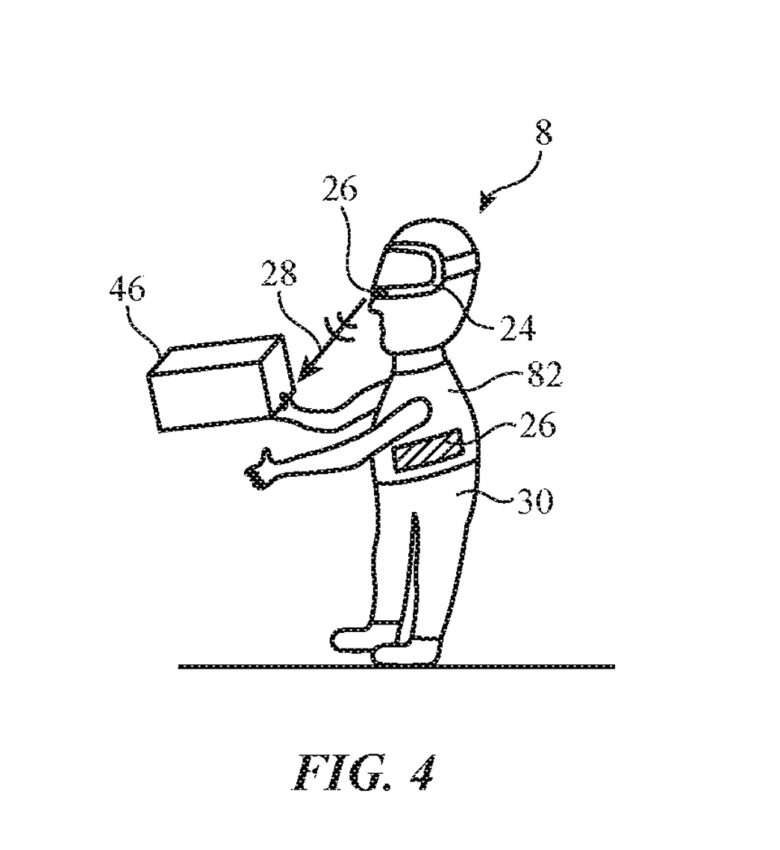Apple could use ultrasonic sound waves to deliver haptic feedback to wearers of its upcoming AR/VR headset when they interact with virtual objects.
Most consumer AR/VR headsets do not provide haptic feedback like that, but some high-end ones feature a basic vibration motor that does not give the desired effect. However, Apple’s new patent filings suggest it wants to solve this issue on its AR/VR headset by using ultrasonic sound waves.
Ultrasonic sound waves could deliver the haptic feedback that VR headsets need
If Apple can integrate an ultrasonic haptic system into its AR/VR headset, it could offer users a surreal experience as they interact with virtual objects. Imagine playing a game and feeling the sensation of rain or a cool breeze on your face.
U.S. Patent No. 11,347,312, granted to Apple, describes just such a system for a head-mounted display or controller. When the system is pointed to a user, it provides them with haptic feedback using sound waves while interacting with virtual objects or playing games.
The ultrasonic feedback also can “simulate contact with a virtual object, to simulate rain, to simulate a breeze, and/or to simulate other sensations in a mixed reality or virtual reality environment.”

Photo: Apple patent number 11,347,312
The patent envisions Apple offering the haptic output components as a standalone device or integrating them in a handheld controller or head-mounted display. In the latter case, the haptic feedback will be directly provided to the wearer’s face. Apart from head-mounted displays, Apple also envisions using the haptic output system with an iMac, iPhone and iPad.
The second patent, numbered 11,346,940, pertains to an ultrasonic sensor that can be used for both augmented reality and mixed reality purposes.
Ultrasonic waves could take the VR experience to the next level
Apple is not the first company to consider using ultrasonic waves to provide haptic feedback in virtual reality. California startup Emerge is working on using ultrasonic waves to offer the sensation of physical touch in the metaverse.
The company says its Wave-1 tabletop panel, which is roughly the size of a 13-inch laptop, beams ultrasonic waves into the air above and around it. So, when a user waves their hand in front of the panel while interacting with a virtual object, they get haptic feedback simulating a touch. (You can see a demo of Emerge’s technology in the video below.)


